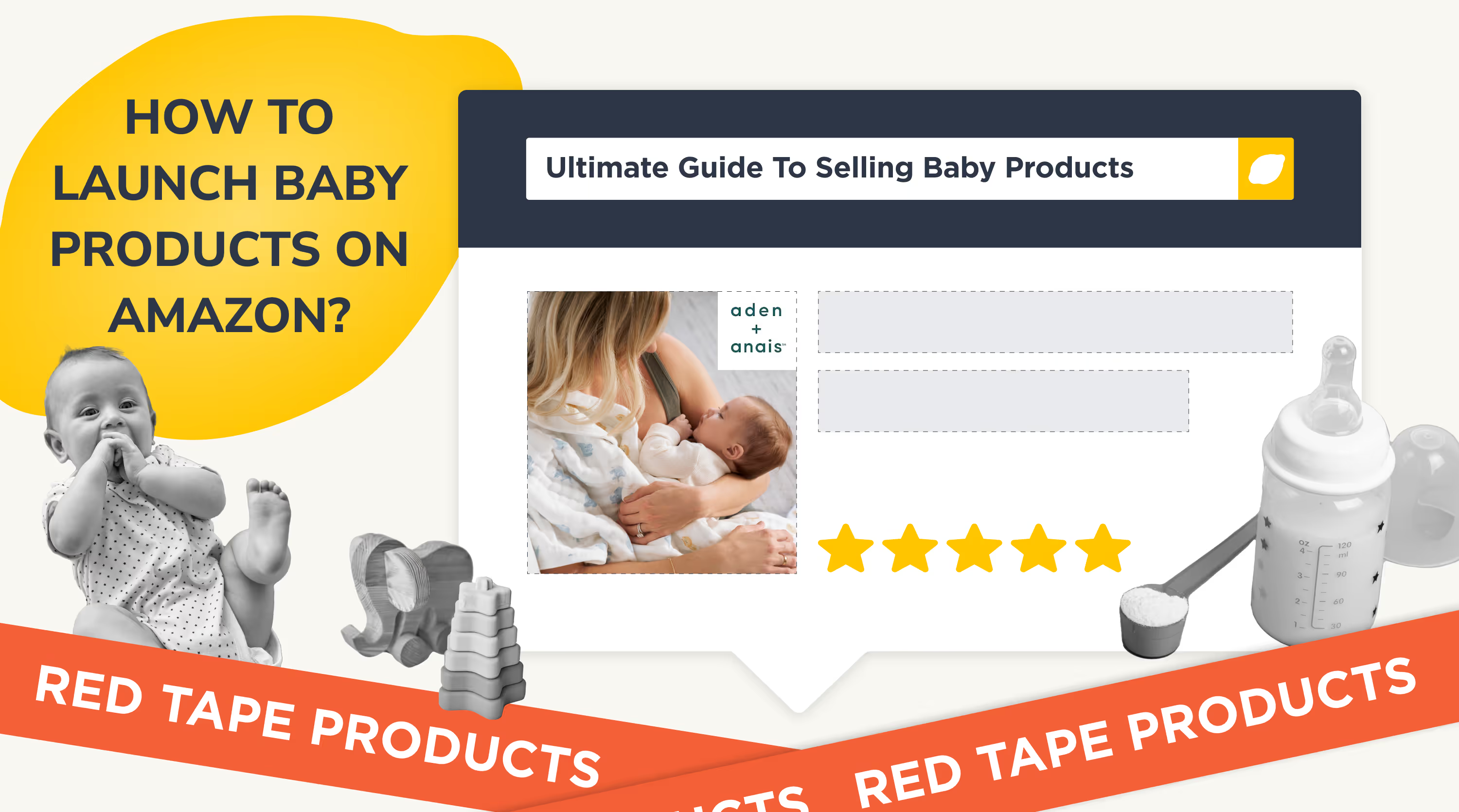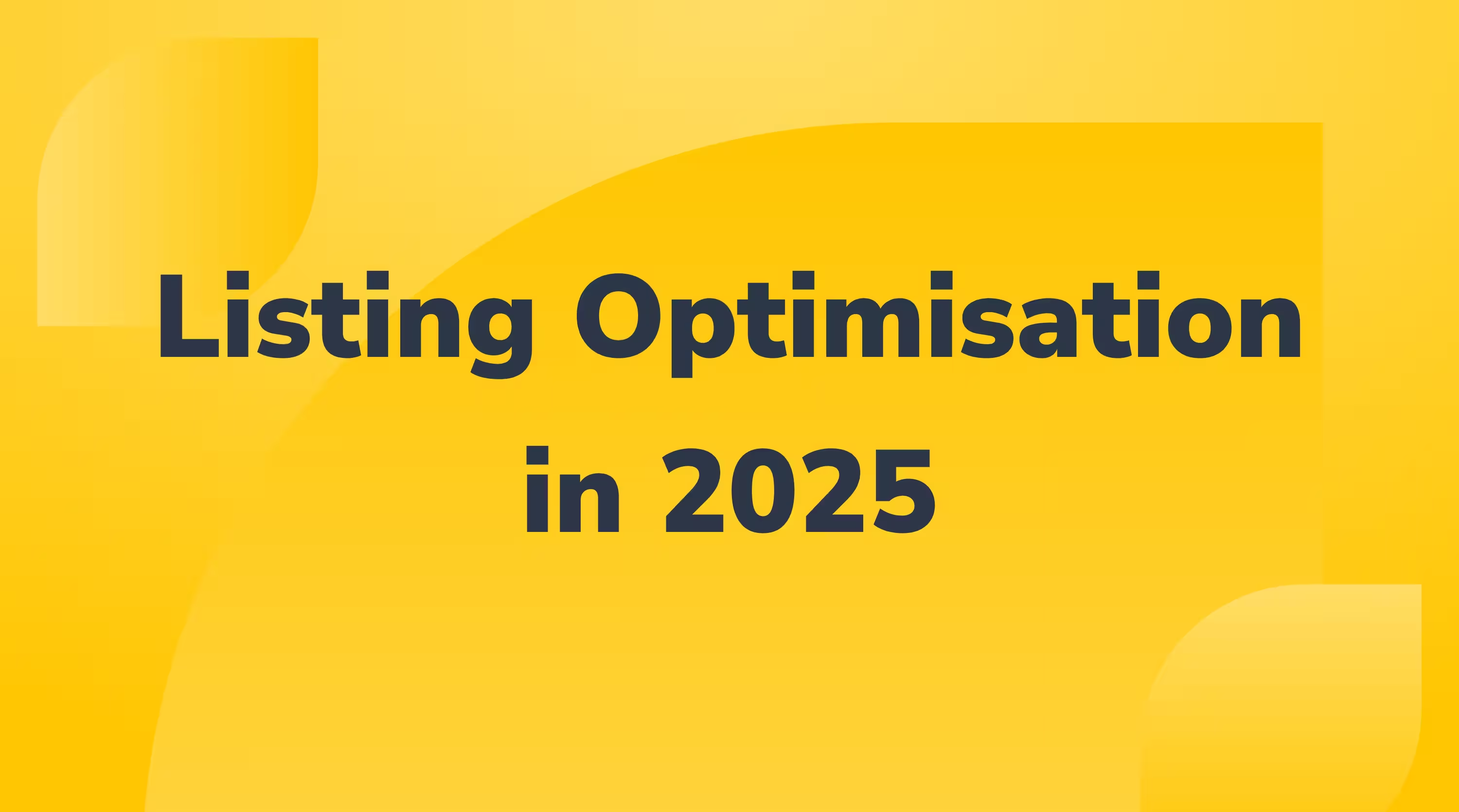Selling Baby Products on Amazon UK: Safety First, Sales Second!

The e-commerce landscape has seen an exponential rise in the sale of baby products, with Amazon leading the pack as one of the largest online marketplaces. However, the realm of selling baby products comes with its own set of rules and regulations that sellers must adhere to in order to ensure the safety and well-being of young consumers. In this guide, we'll delve into the key rules and regulations that sellers should be aware of when selling baby products on Amazon in the UK.
- Product Safety Standards
- Product Descriptions and Images
- Age Recommendations and Choking Hazards
- Genuine and Safe Materials
- Certifications and Testing
- Listing and Categorisation
- Intellectual Property and Branding
- Customer Reviews and Feedback
- Packaging and Labelling
- Return and Refund Policies
1. Product Safety Standards:
Safety is paramount when it comes to baby products. Amazon enforces stringent safety standards for products sold on its platform. Sellers must ensure that their products meet the safety guidelines set forth by regulatory authorities such as the British Standards Institution (BSI) and the Office for Product Safety and Standards (OPSS) or the Consumer Product Safety Commission (CPSC) in the United States. Products like cribs, strollers, car seats, and toys must adhere to specific safety standards to prevent potential hazards.
2. Product Descriptions and Images:
Sellers should provide accurate and clear product descriptions, including details about materials used, dimensions, and usage instructions. High-quality images from different angles are essential to help customers understand the product better. Avoid using deceptive images or descriptions that could mislead customers, as this could result in negative feedback and potential legal issues.
3. Age Recommendations and Choking Hazards:
Clearly indicate the age range for which a product is suitable. Baby products should adhere to choking hazard guidelines, and any small parts that could pose a choking risk to infants and toddlers must be clearly stated in the product description.
4. Genuine and Safe Materials:
Baby products should be made from safe and non-toxic materials. Avoid using materials that contain harmful chemicals like BPA, phthalates, lead, and flame retardants. If your product is advertised as "BPA-free" or "non-toxic," ensure that these claims are accurate and backed by appropriate certifications.
5. Certifications and Testing:
Many baby products require third-party testing and certification to verify their safety and compliance with regulations. Products like car seats and cribs often need to meet specific standards to be eligible for sale. Ensure your products have the necessary certifications before listing them on Amazon.
6. Listing and Categorisation:
Select the appropriate category for your baby product, as misclassifying products can lead to confusion among customers and regulatory issues. Accurate categorisation ensures that your product reaches the right audience and is subject to the appropriate safety requirements.
7. Intellectual Property and Branding:
Respect intellectual property rights when designing branding, logos, and packaging. Avoid using copyrighted characters or designs without proper authorisation. Trademark your brand and products if necessary to protect your business from counterfeit products and unauthorised use.
8. Customer Reviews and Feedback:
Pay close attention to customer feedback and reviews. Address any negative feedback promptly and professionally. Reviews provide valuable insights into the quality and safety of your products and can influence purchasing decisions.
9. Packaging and Labelling:
Ensure that your product packaging includes all necessary information such as product name, usage instructions, safety warnings, and contact information. Packaging should be tamper-resistant and securely sealed to prevent contamination.
10. Return and Refund Policies:
Clearly communicate your return and refund policies to customers. Amazon has its own policies, but having a transparent policy specific to your products can build trust with customers.
Selling baby products on Amazon can be a lucrative endeavour, but it requires a commitment to product safety, accuracy, and ethical business practices. By adhering to these rules and regulations, sellers can provide a positive shopping experience for customers while ensuring the safety and well-being of the youngest members of society. Remember, building a reputable and compliant business is a long-term investment that can lead to success and customer loyalty in the competitive world of e-commerce.



